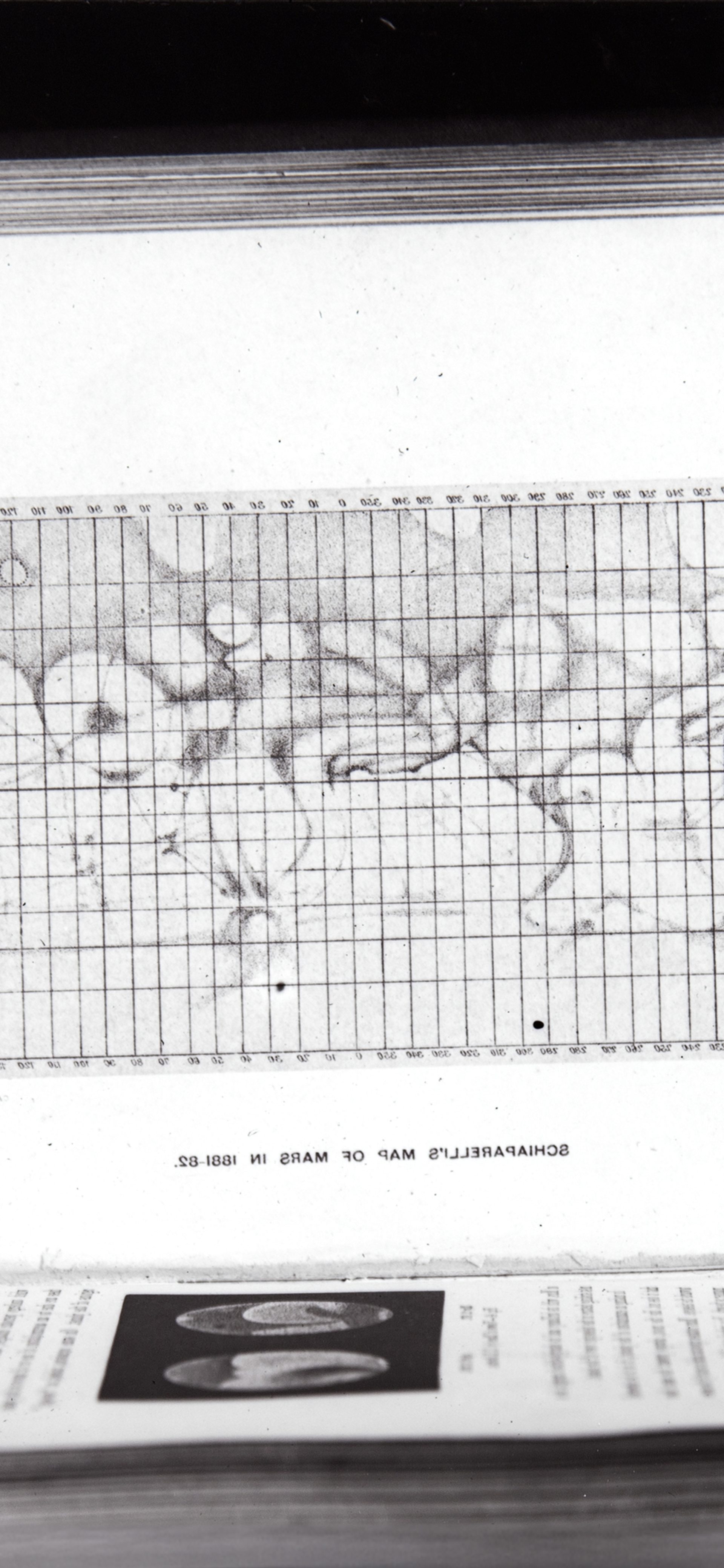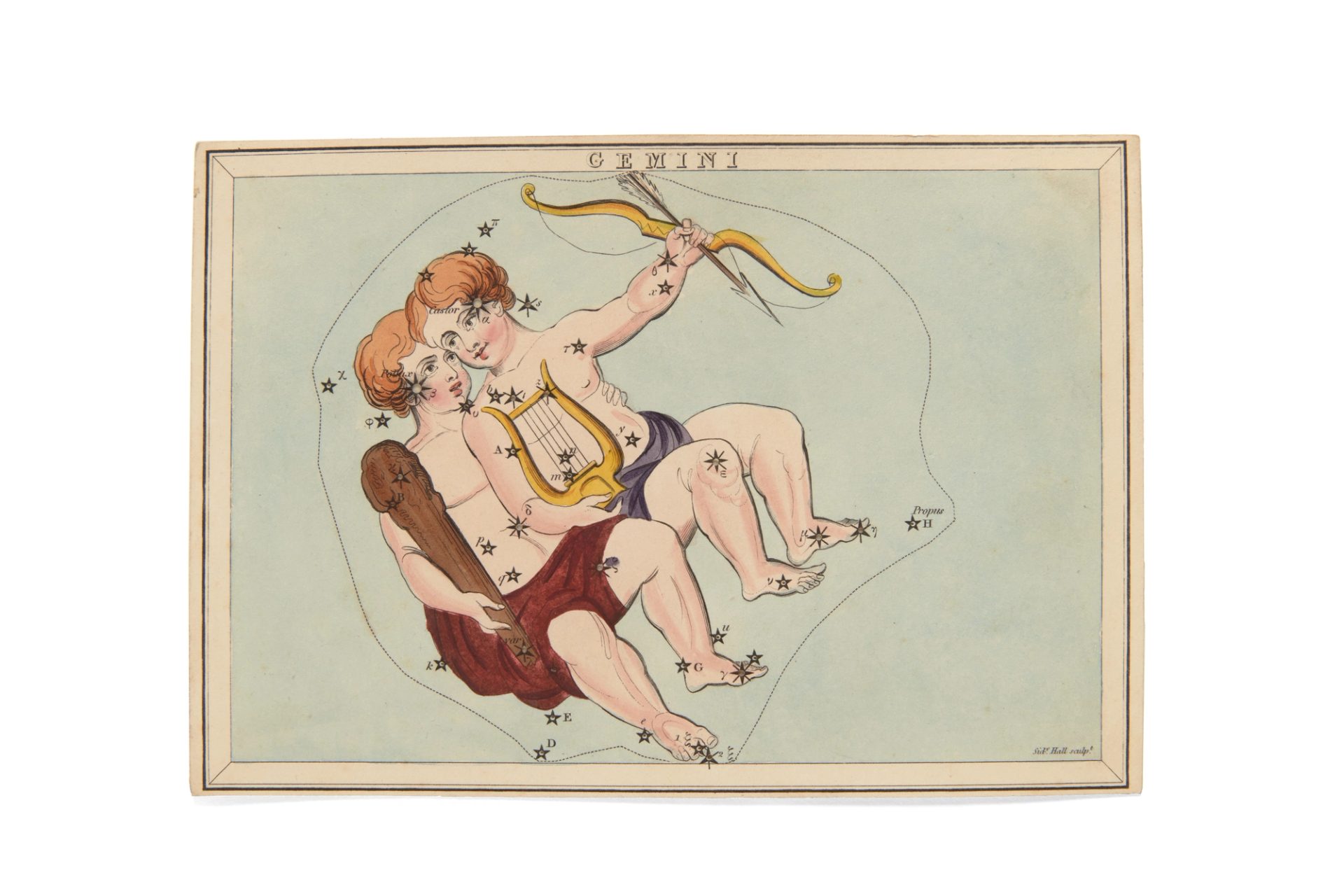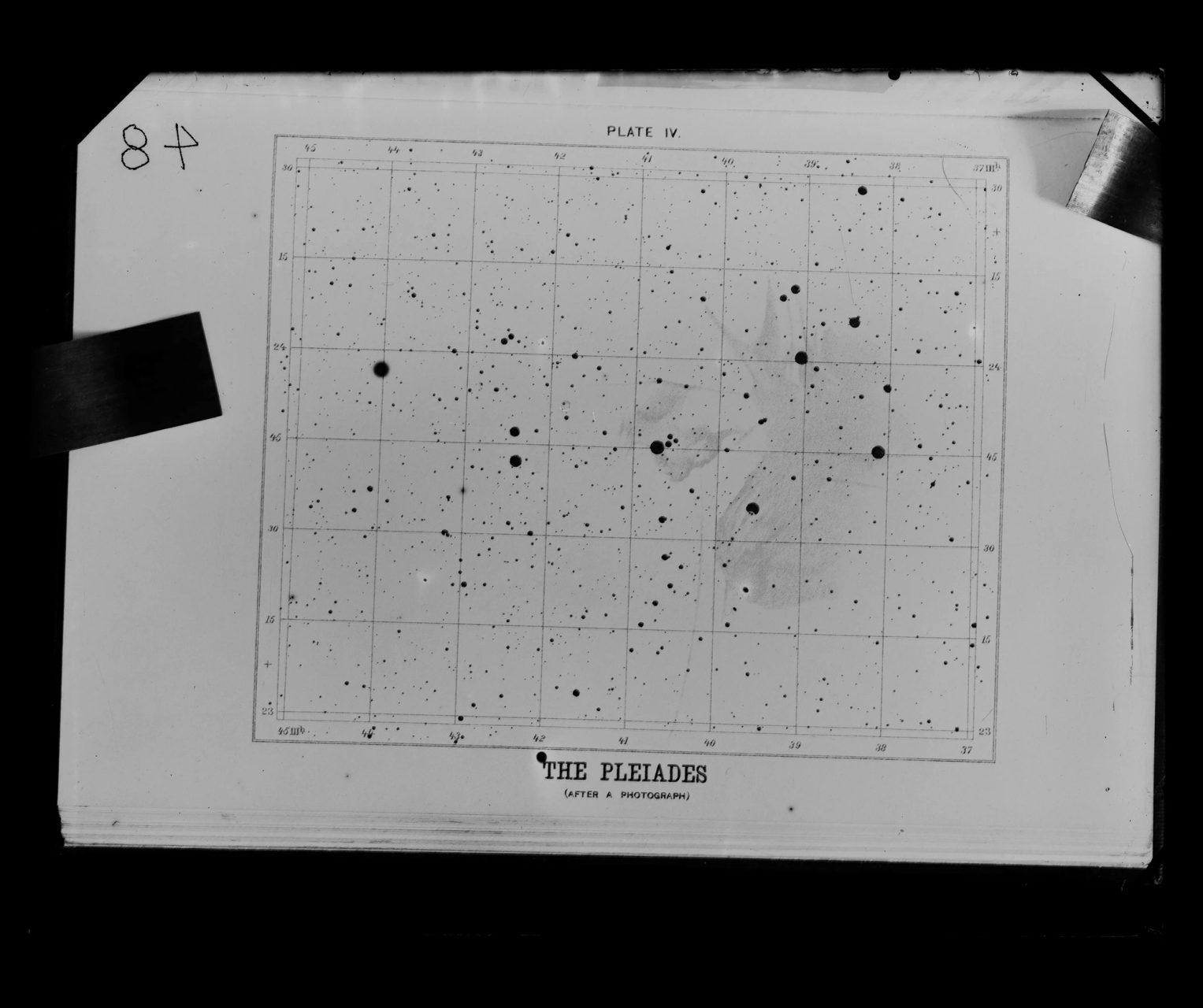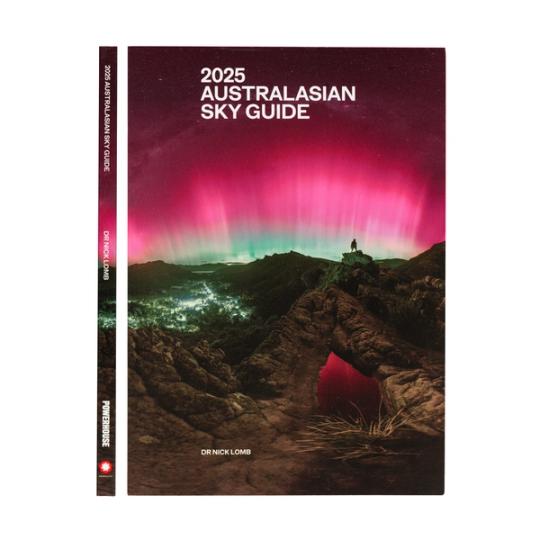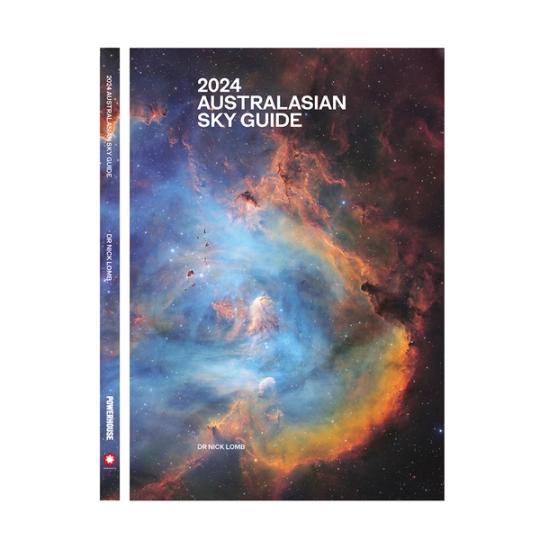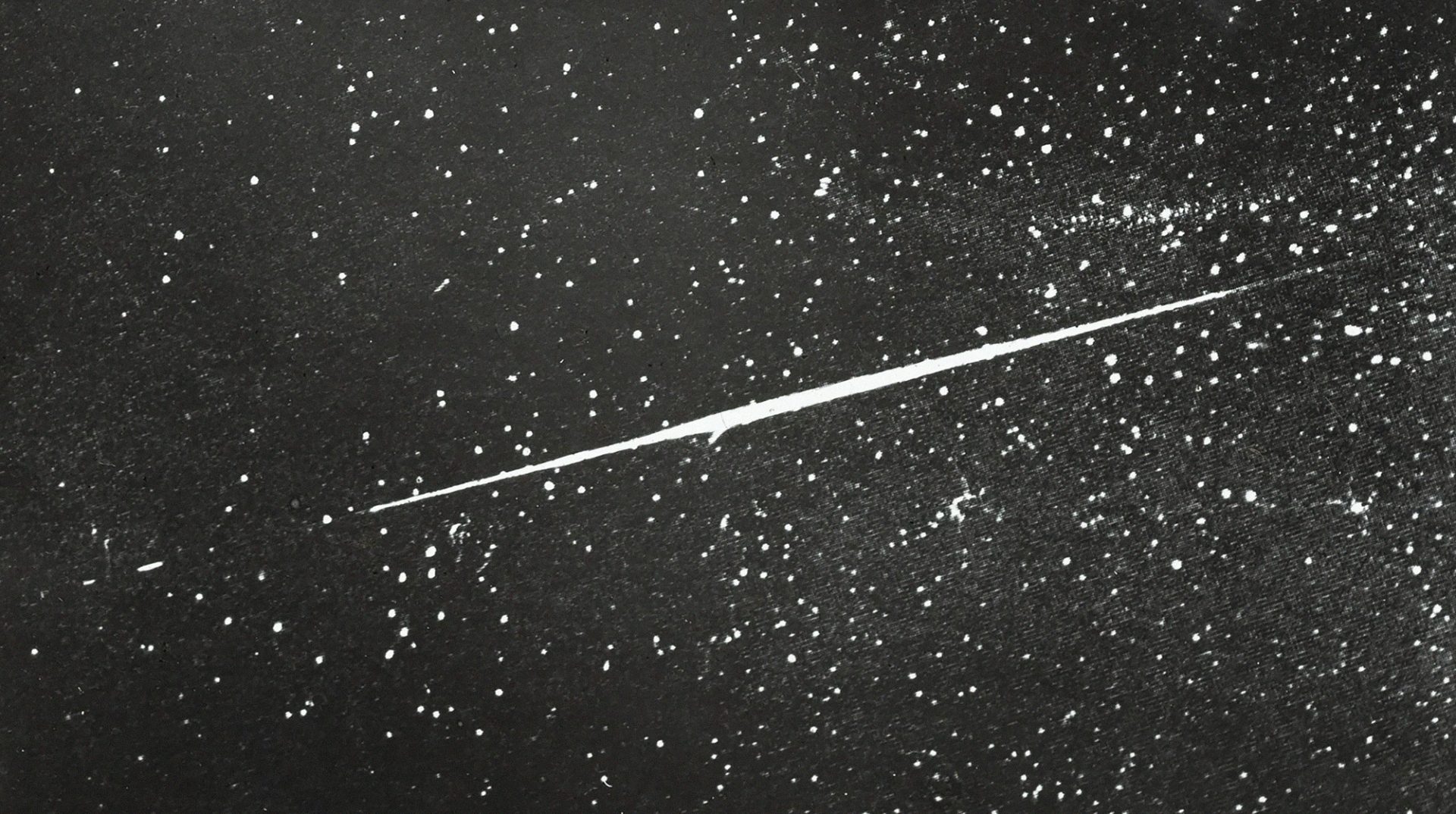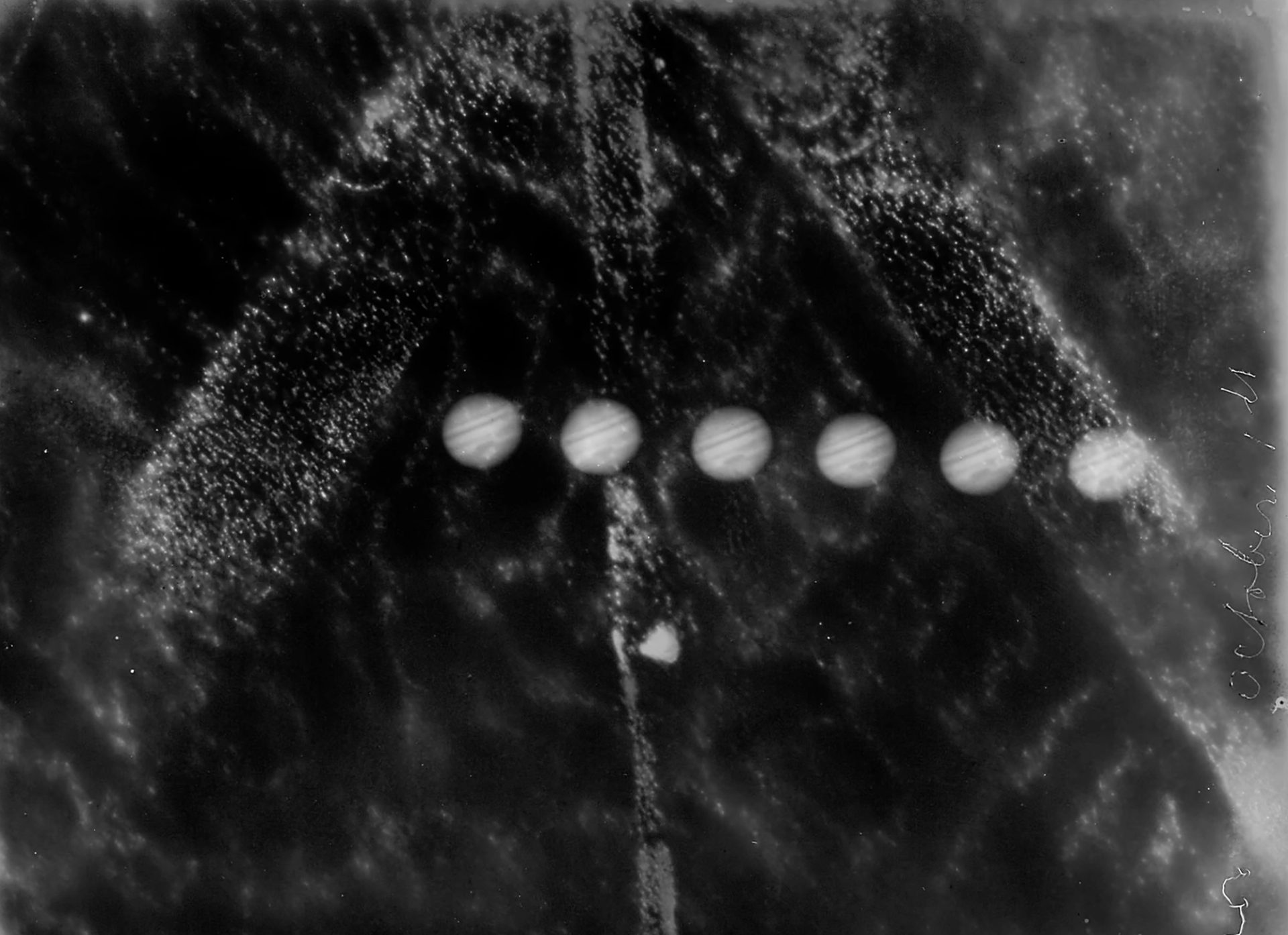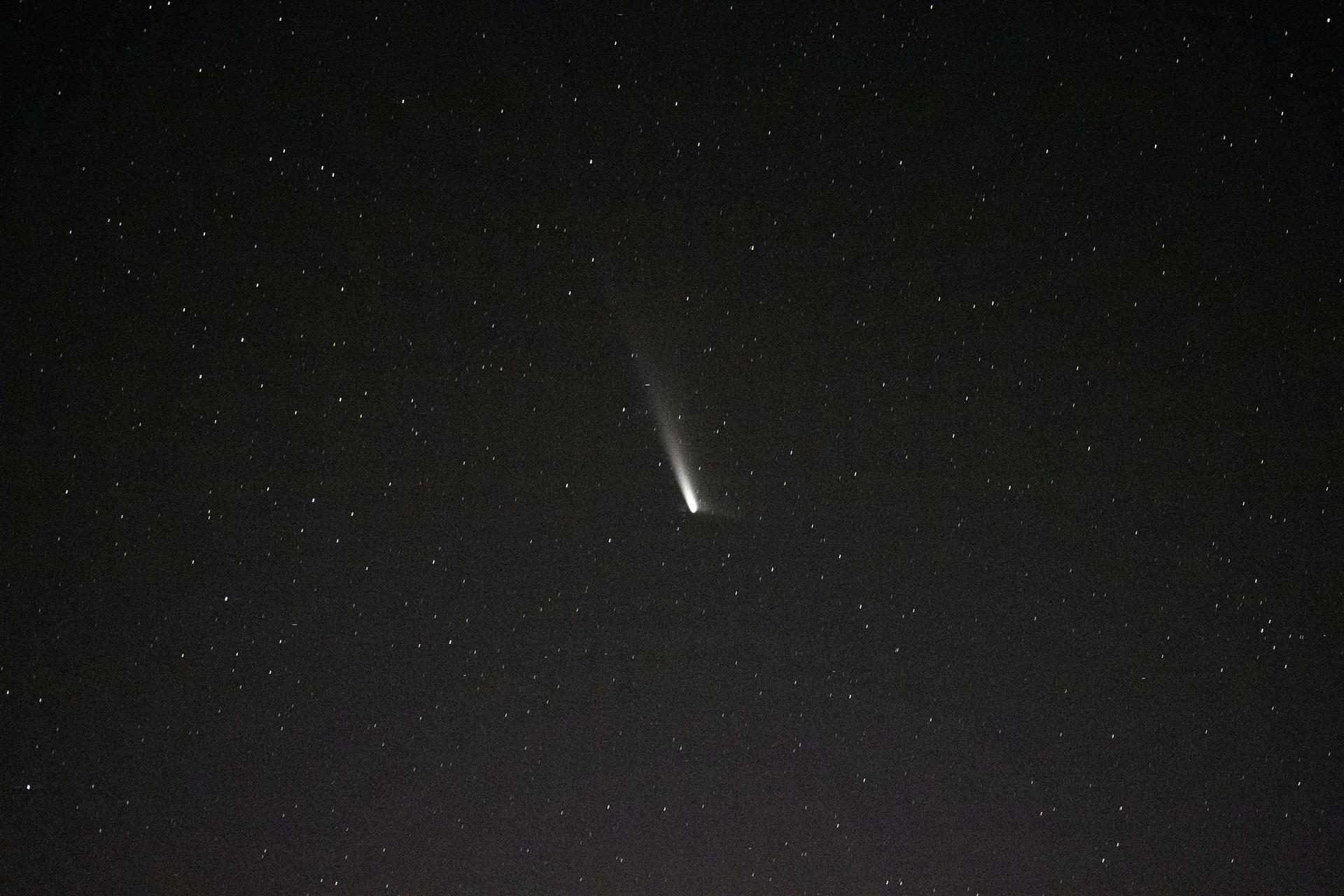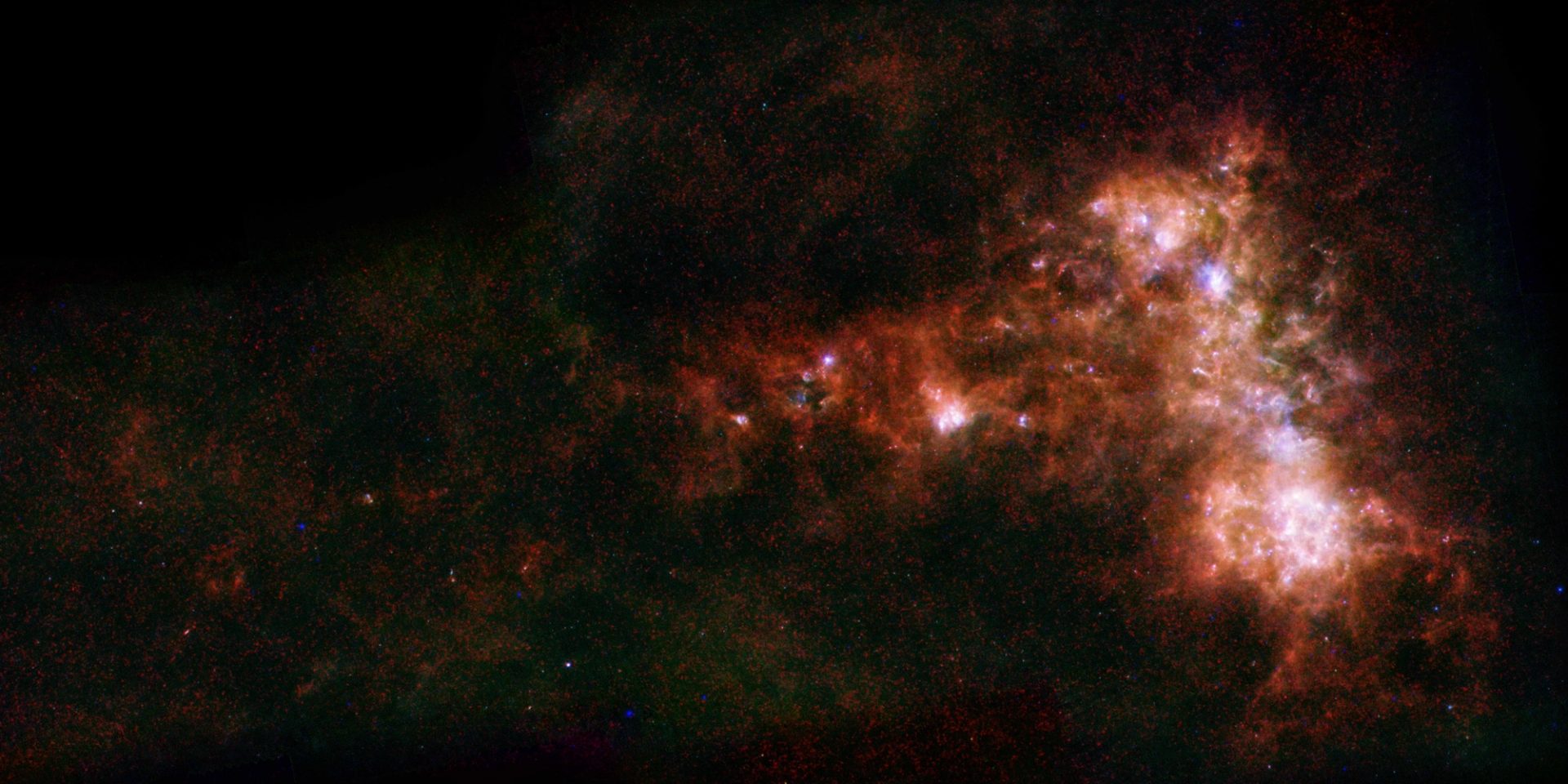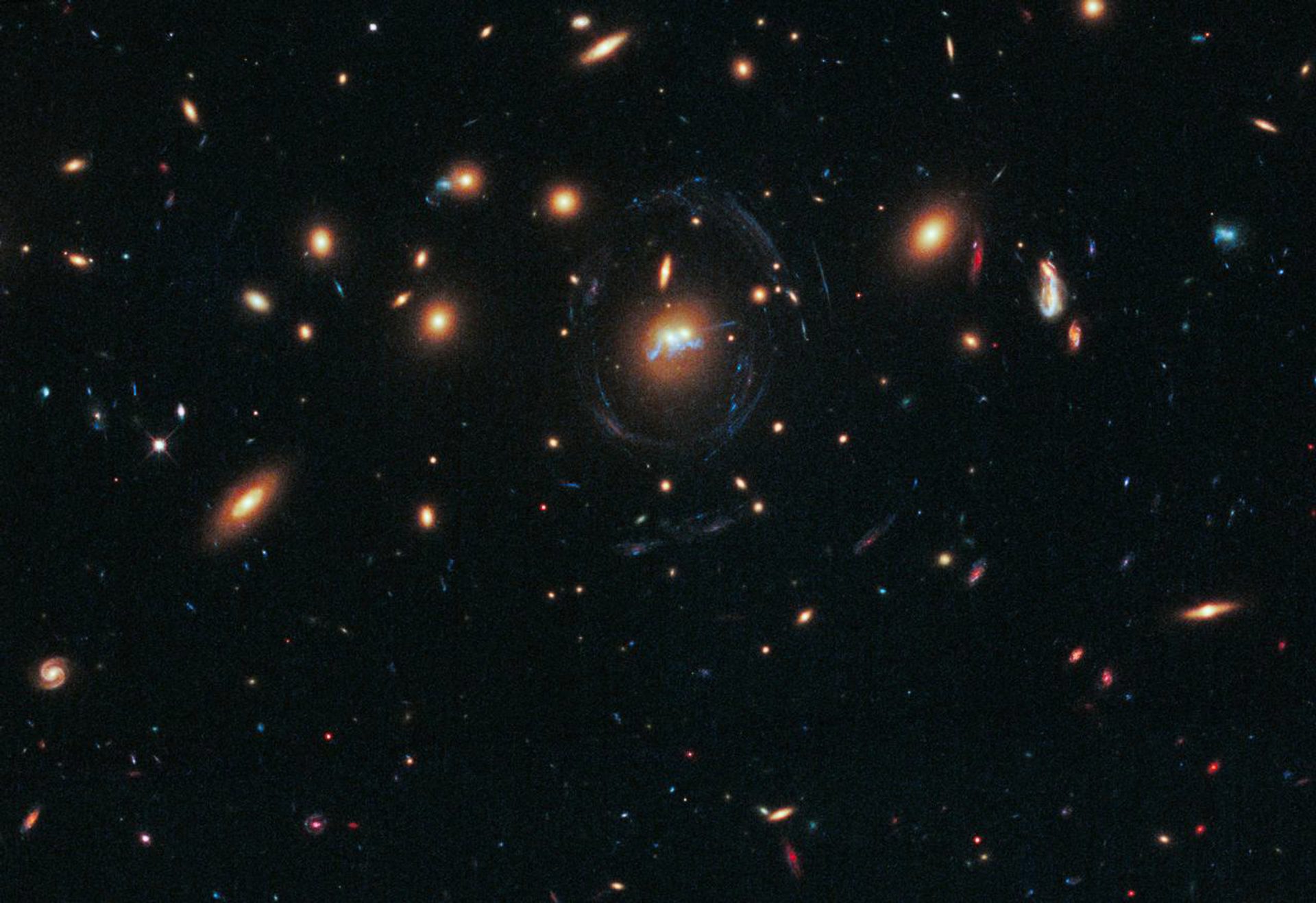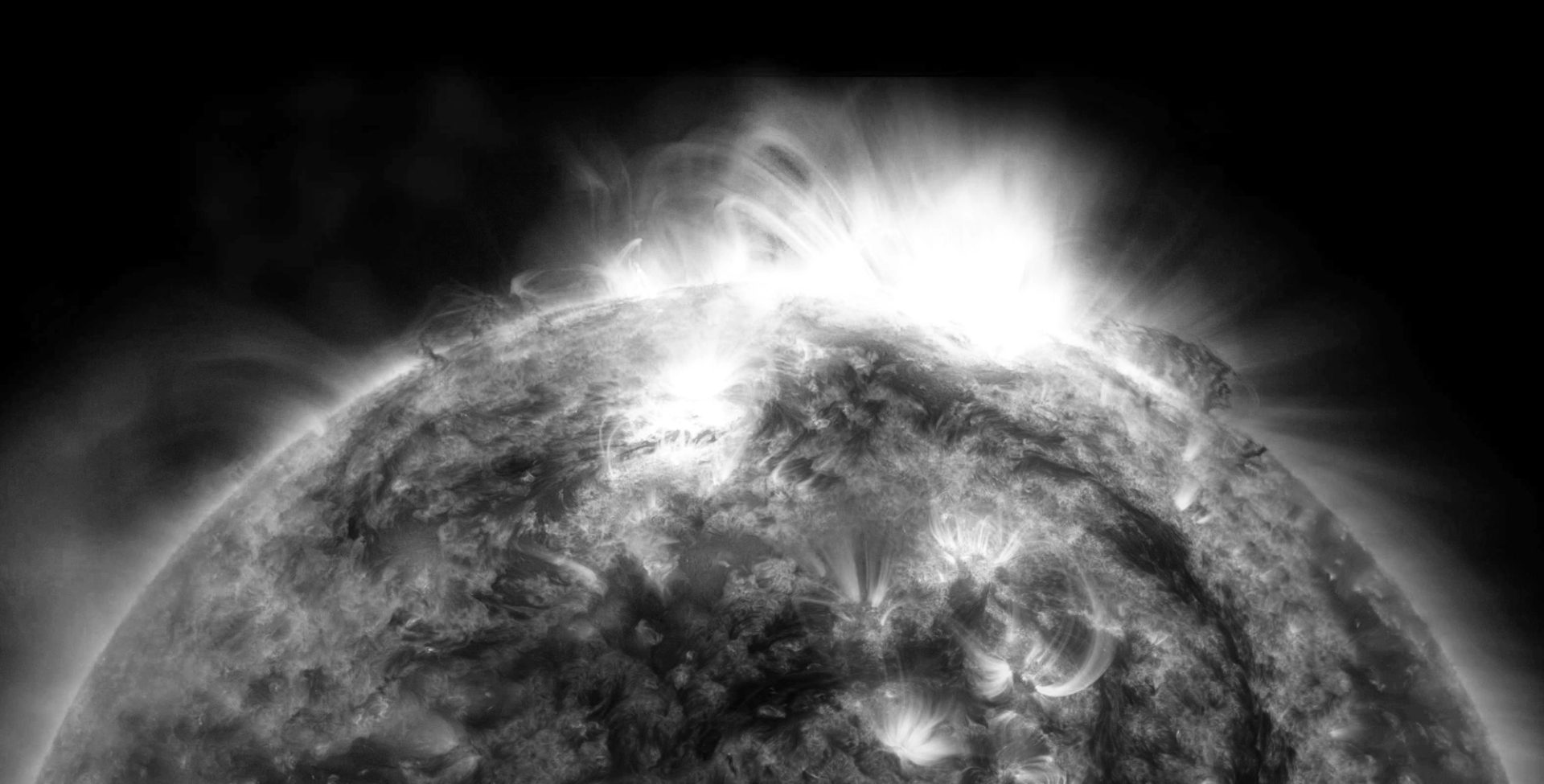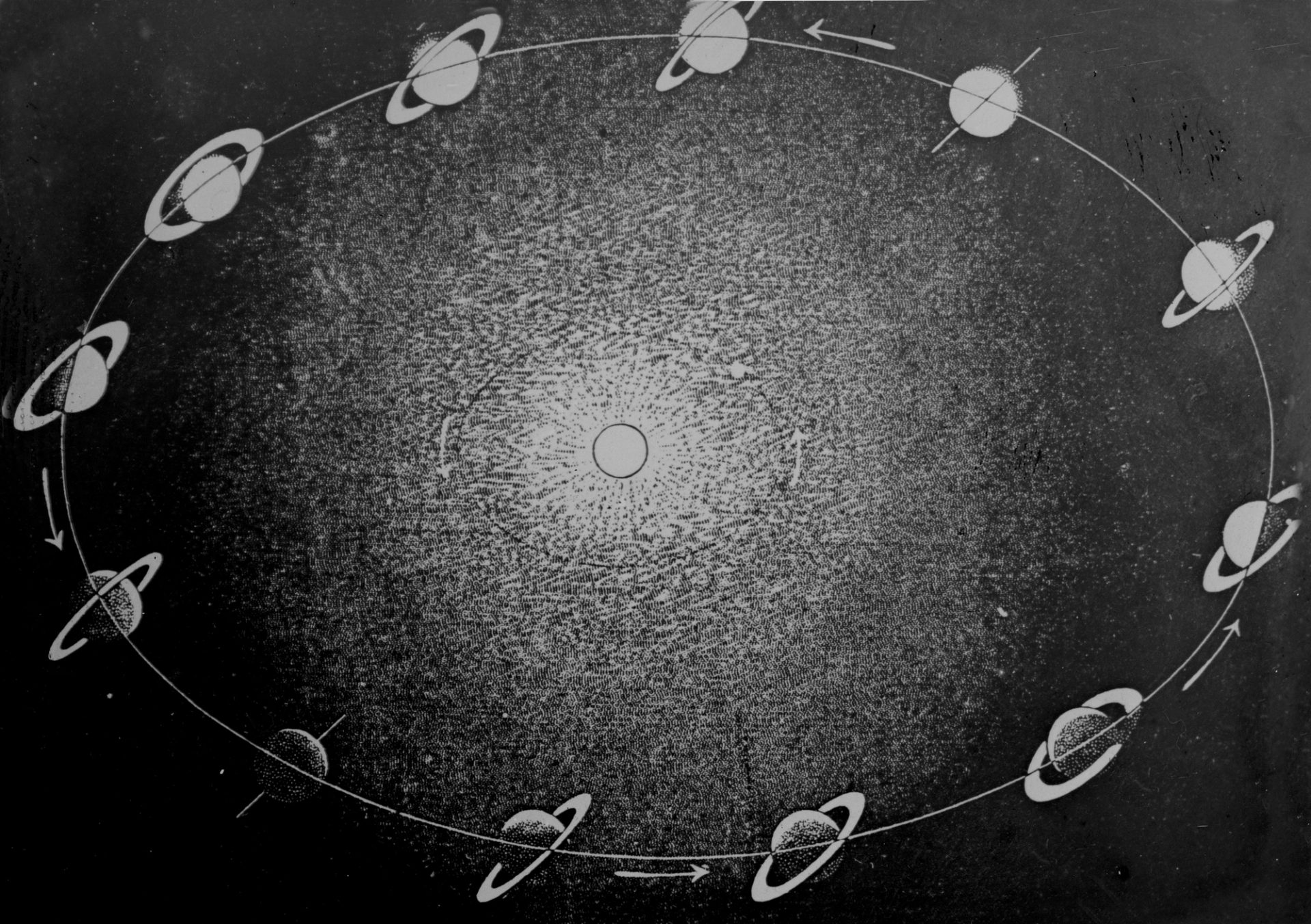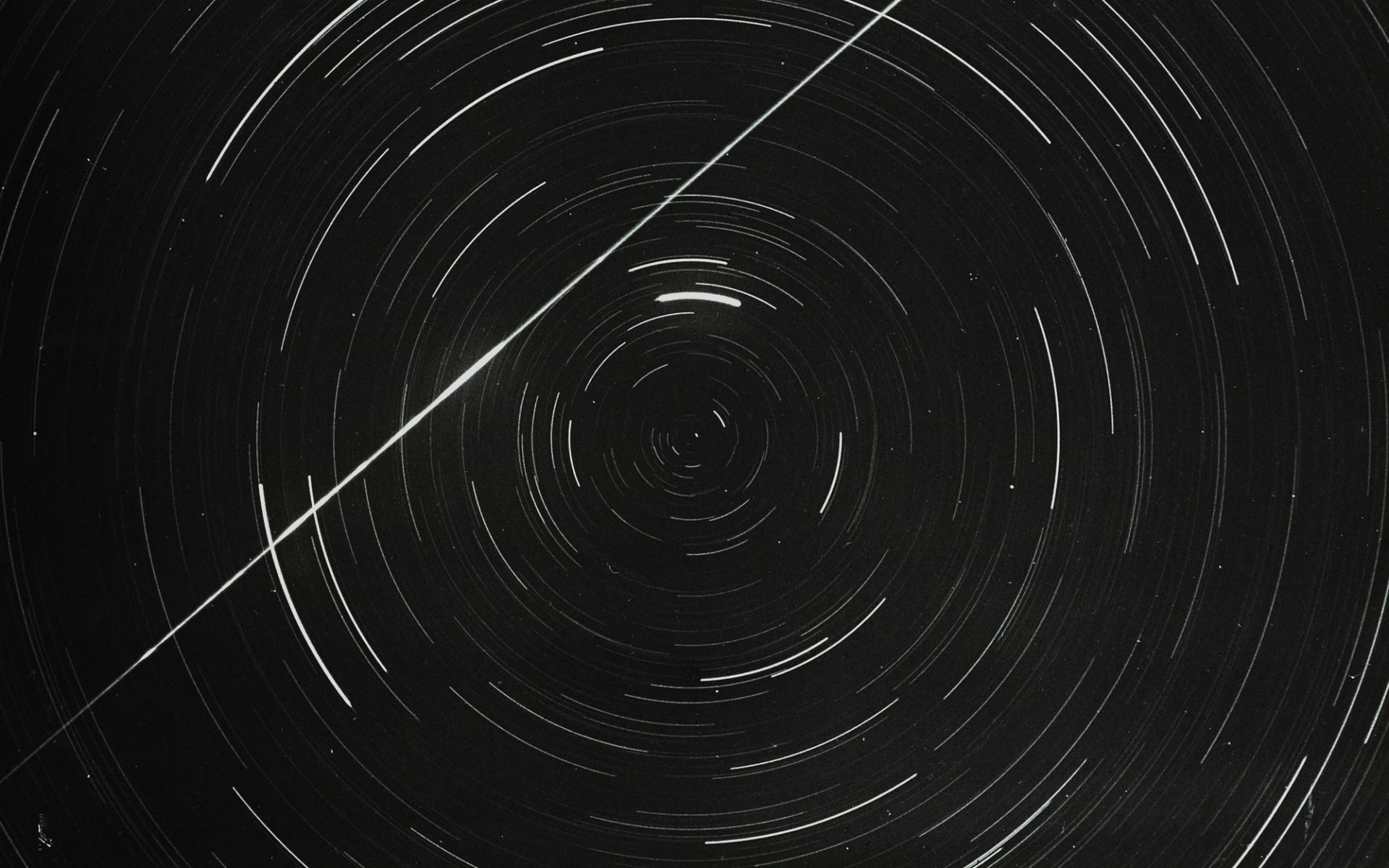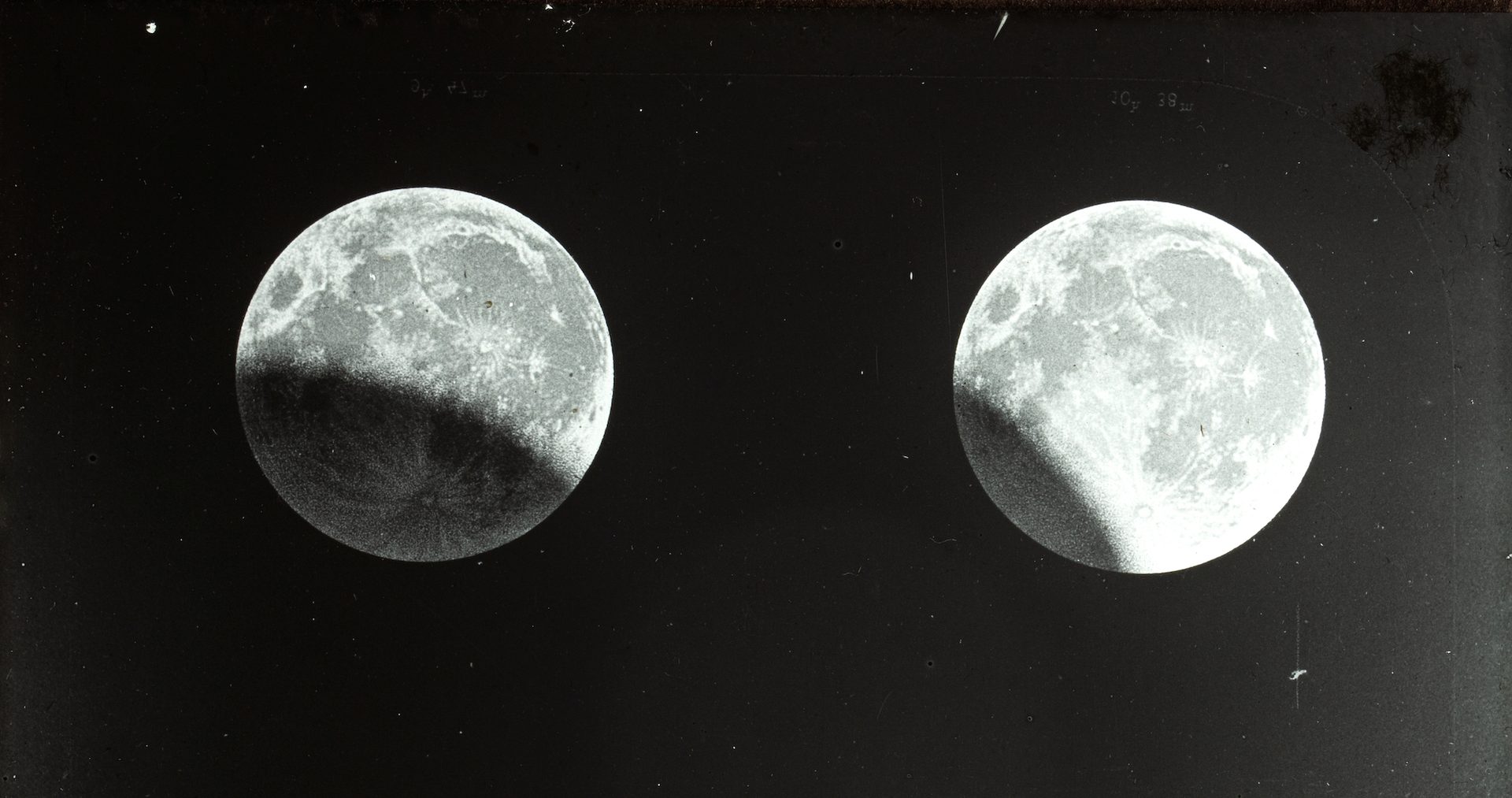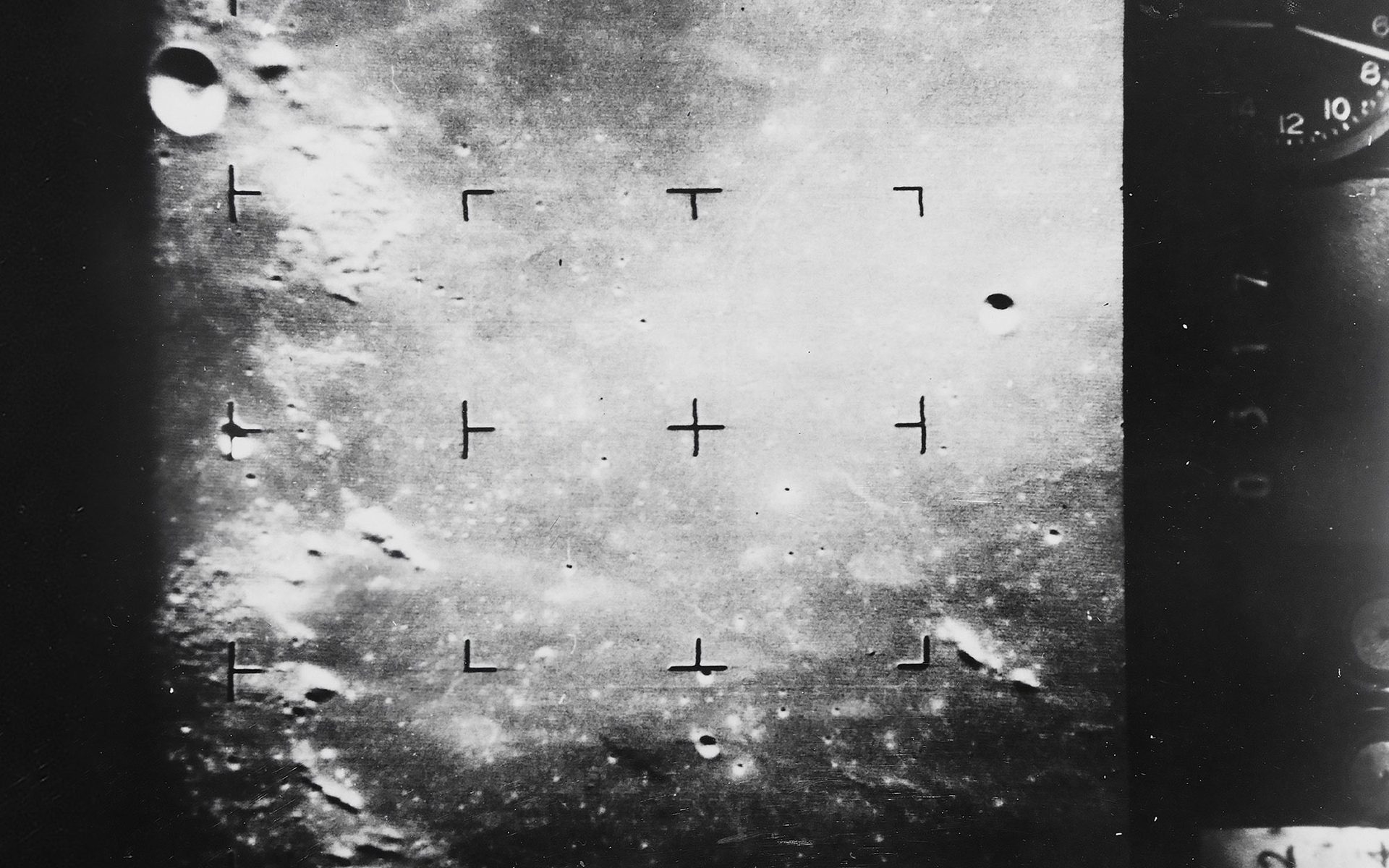Sky Guide January 2025

'Warm summer nights are perfect for gazing on a moonless night away from the light of cities and towns, weather permitting. From our nearby galactic neighbours of the Large and Small Magellanic Clouds to the stunning sight of star formation in the Orion nebula and the planets Venus, Mars, Jupiter and Saturn, there is so much to explore using the 2025 Australasian Sky Guide by Dr. Nick Lomb.'
Geoffrey Wyatt, education program producer and astronomer
Moon Phases
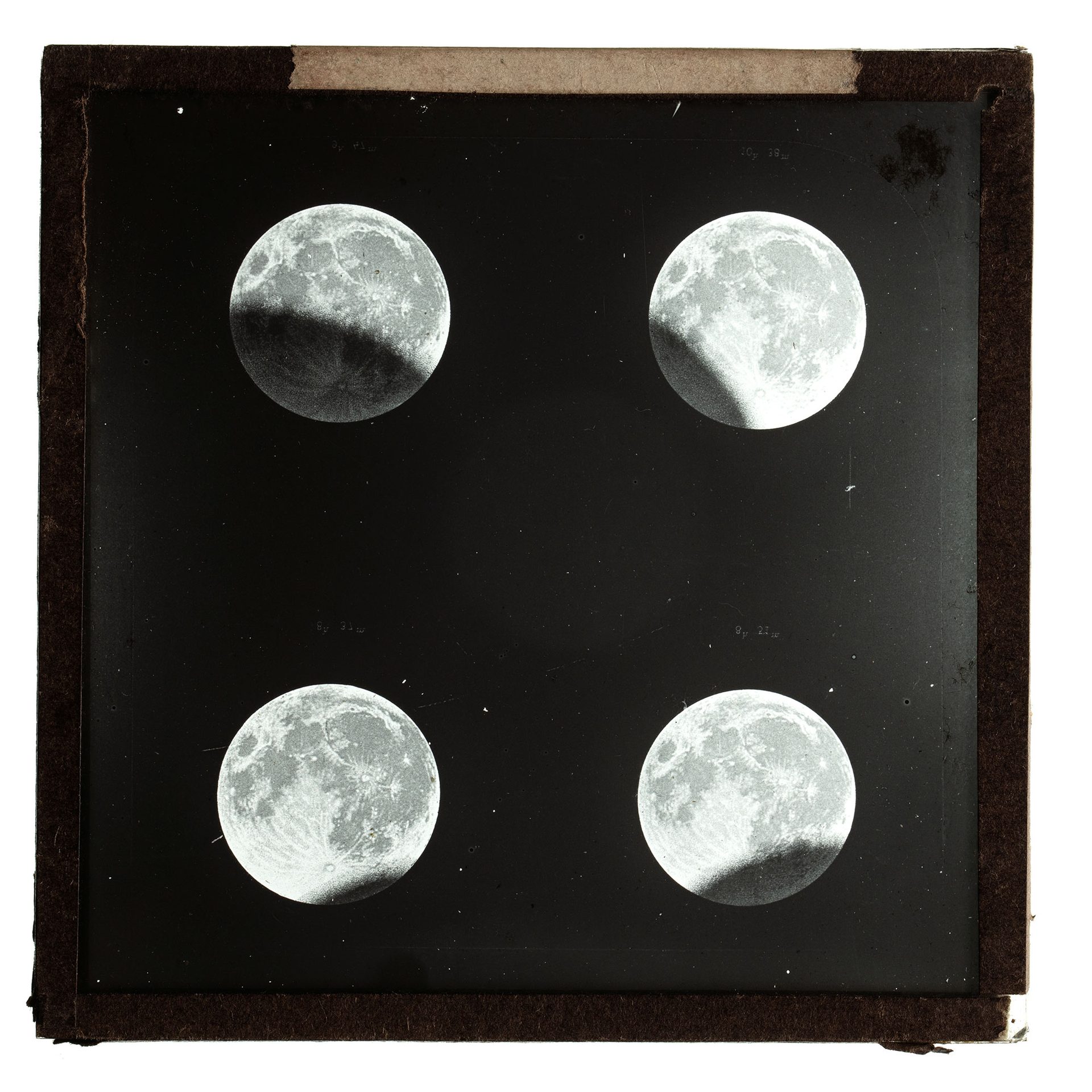
First quarter Tuesday 7 January 10:56 am AEDT
Full Moon Tuesday 14 January 9:27 am AEDT
Last quarter Wednesday 22 January 7:31 am AEDT
New Moon Wednesday 29 January 11:36 pm AEDT
Planets
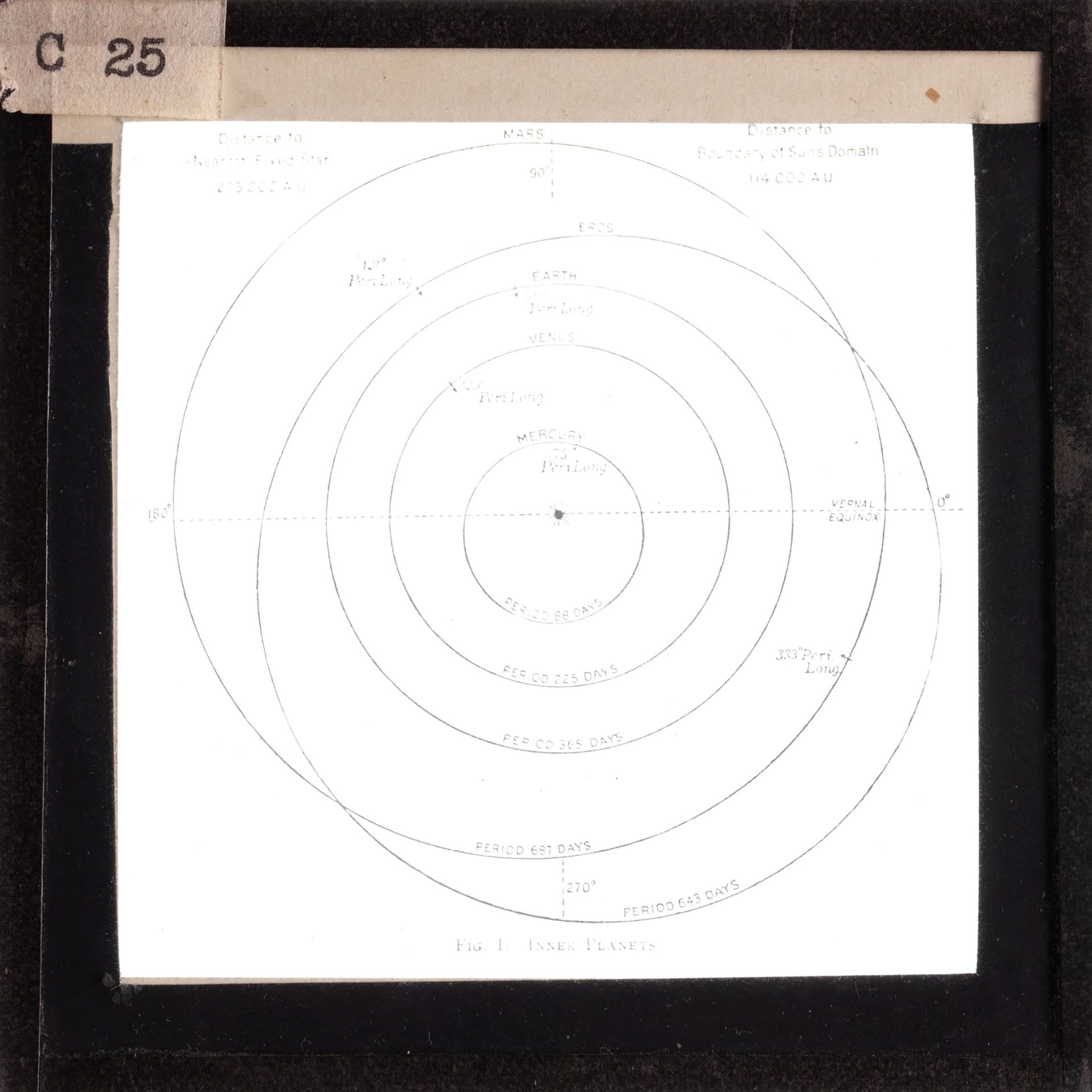
EVENING
Mars joins bright Venus and the giant planets Jupiter and Saturn in the evening sky in January.
Venus is in the west, starting the month in Aquarius and moving to Pisces during the second half of the month. On 3 January, the crescent Moon is below and to the left or south of Venus. On 18 and 19 January, Venus passes the ringed planet Saturn with a separation of just over four moon-widths.
Mars appears in the north-east in Cancer near the end of the first week of January. It moves into Gemini in the middle of the month. On 13 January, the gibbous Moon is above and to the left or north of Mars, while on the next evening the Moon, now full, is below and to the right or east of the planet. On 16 January, Mars is at opposition and at its closest and brightest since December 2022. From 21 to 24 January Mars passes Pollux, one of the twin stars of Gemini, at a separation of just under five moon-widths.
Jupiter is in the north in Taurus. On 10 January, the gibbous Moon is below and to the left or west of Jupiter, while the next evening it is still below but to the right or east.
Saturn is in the west in Aquarius. On 4 January, the crescent Moon is below and to the left or south of Saturn, while on the next evening it is above and to the right or north. On 31 January, a very thin crescent Moon is below and to the left or south of the planet.
MORNING
Mercury starts January very low in the south-east, moving from Ophiuchus into Sagittarius at the end of the first week of the month. It fades into the twilight during the second half of the month.
Mars is low in the north-west for most of January but disappears below the horizon at the start of the last week of the month.
Constellations
Constellations are groups of stars that represent mythological figures, fanciful beasts or old scientific instruments. Some have been used for millennia as a tool to share significant cultural stories and to track the passage of the weeks and months. Today they also help astronomers mark out portions of the sky and locate astronomical objects. Those listed below have been selected for their visibility in the evening up to two hours after sunset as seen from the southern hemisphere.
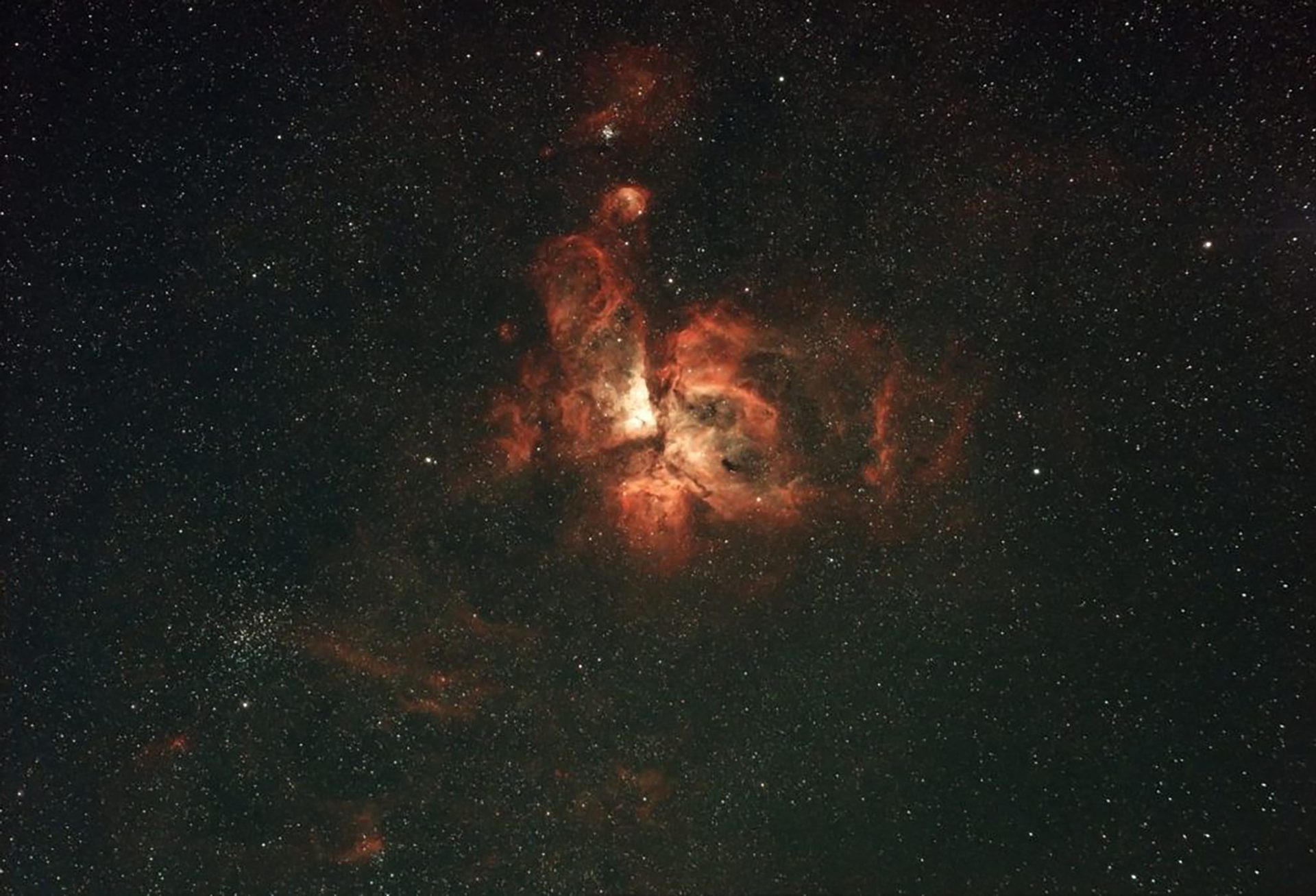
Canis Major the Greater Dog is the companion to Orion the hunter. The brightest star in the constellation, Sirius (also known as the Dog Star), is also the brightest in the night sky as it is close to us – only 8.7 light years away or about 82 million million kilometres and 25 times brighter than the Sun. In about 64,000 years it will be seen as the southern polar star due to the Earth’s wobbling axis of rotation and the star’s proper motion.
Canis Minor the Lesser Dog is an obscure and small constellation usually ignored in the search for its dominant companion, Canis Major, the Greater Dog. To find its one bright star, face north-east in March – April and look for Sirius in Canis Major. Roughly one hand span (with your hand at arm’s length) below Sirius is the bright star Procyon. And Procyon is just about all there is to the Lesser Dog! Like many constellations it looks nothing like its name. The star’s name comes from the Greek Prokyon meaning ‘before the dog’ and indeed it does rise before bright Sirius and Canis Major from the latitudes of ancient Greece. Canis Minor and Canis Major together are Orion’s hunting dogs.
Eridanus is one of Ptolemy’s original 48 constellations and represents a river, which begins near the constellation of Orion and ends at the brilliant blue-white star Achernar, the ninth brightest in the night sky, about 144 light years away. Achernar spins so quickly it is the least spherical star known in the Milky Way Galaxy.
Gemini the twins with its two bright stars, Caster and Pollux, sits low in the northern sky between Taurus and Cancer and lacks any bright objects of note. It is best known for the Geminid meteor shower that peaks in the early hours of 13–15 December each year, and for hosting both Uranus and Pluto when they were discovered in 1781 and 1930 respectively.
Orion the hunter is one of the original 48 as mapped by Ptolemy and strides across the celestial equator, making it easy to see from both hemispheres. Its likeness to a male figure was probably obvious to the earliest humans. Orion’s brightest star Betelgeuse is one of the few stars to show an intense red colour due to its age and size. 'The three stars of Orion’s belt at his waist separate his head and shoulders to the north from his sword and knees to the south. The well-known saucepan asterism (a pattern of stars that is not a constellation) consists of a base (Orion’s belt) and a handle (Orion’s sword) plus one additional star at the rim. With binoculars you will see a small hazy glow in the middle of the saucepan’s handle: this is the Orion Nebula, a star birth cloud at a distance of about 1350 light years. The mythology of Orion is complex and often contradictory, though he usually represents a tall, strong and handsome hunter.
Taurus the bull is possibly the oldest Western constellation and one of Ptolemy’s original 48. It has the bright red dying star of Aldebaran and the stunning open cluster known as M45 or the Pleiades, a group of very young stars about 445 light years away. Below the horns is the remnant of a star that exploded as a supernova in 1054. It is now called M1 or the Crab Nebula. For the best view you'll need a large telescope and clear northerly view. Its brightest star Aldebaran is 65 light years from the Sun and is 44 times wider but only a little more massive (+16%). It has exhausted its core supply of hydrogen fuel and is now ‘burning’ hydrogen in a shell around a helium core.

Deep sky
Betelgeuse in the constellation of Orion, which appears during January high up in the northern sky in the evenings. It is one of the few stars in the sky with a noticeable reddish colour as it is a red giant star, which is a star in the latter stages of its life. This is when the star’s central, energy-producing parts become hotter and more compact, while its outer atmosphere expands outwards. As the atmosphere becomes larger, it cools so that it appears only red-hot, hence the red colour.
Red giants can continue the nuclear reactions that power them only if their central parts become progressively more compact and hotter. This causes them to burn their remaining fuel more and more quickly. Soon (in astronomical terms) they run out of fuel completely and, if they are sufficiently massive, explode in a colossal explosion, known as a supernova.
Astronomers have long considered that Betelgeuse is likely to go supernova within a million or so years. However, a recent study suggests the event is likely very much earlier. From the fluctuations in its brightness and theoretical analysis, the study finds that the star will use up all its fuel within 300 years. It will then explode. When it does, it will be visible for months and, at its peak, it will be so bright that it will be visible both during the day and the night. Reference: The evolutionary stage of Betelgeuse inferred from its pulsation periods, Monthly Notices of the Royal Astronomical Society, Volume 526, Issue 2, December 2023, Pages 2765–2775, Hideyuki Saio, Devesh Nandal, Georges Meynet, Sylvia Ekstöm.
Crab Nebula (M1) is a remnant of a star that ended its life as a supernova visible from Earth on 4 July 1054AD. It was observed by Chinese astronomers. At the centre of this remnant is a pulsar which currently emits at a rate of 30 pulses per second though this rate will slow by half in the next 1000 years. The Crab Nebula lies about 6500 light years away.
Large and Small Magellanic Clouds (LMC/SMC) are the two satellite galaxies of our own Milky Way. The Large Magellanic Cloud (LMC) is in the constellation of Dorado and is approximately 163,000 light years away. It consists of around 30 billion stars and hosts one of the largest nebulae detected, the Tarantula nebula. The Small Magellanic Cloud (SMC) is in Tucana and is approximately 200,000 light years away. It has around 3 billion stars. The LMC will merge with our galaxy in around 2.4 billion years.
Orion Nebula (M42) is often called the Great Nebula in Orion and is approximately 1350 light years away. This massive star-making cloud is 24 light years across with enough mass to form around 2000 stars like the Sun. Its size, distance and brightness (it is the brightest nebula as seen from Earth), make it one of the most studied objects in the night sky. It is easily found as the middle star-like object in the sword of Orion, or the handle of the saucepan as seen from the south. Along with the Moon, M42 is typically one of the first objects to be looked at through any newly-built telescope as it shows excellent fine structure including the birth of stars in the innermost part known as the Trapezium Cluster.
Pleaides (M45) also known as Seven Sisters or Subaru, is one of the more famous open clusters visible to the naked eye, sitting within Taurus the bull. Like all open clusters it is a group of young stars, in this case around 100 million years old, at about 444 light years away. Many images show the stars associated with a dusty blue nebula, which lies between us and the stars.
47 Tucanae (NGC 104) is a globular cluster second only to Omega Centauri. It sits beside but is unrelated to the SMC in the constellation Tucana. It can be easily seen away from city lights with the unaided eye due to its very dense star core. 47 Tucanae is approximately 15,000 light years from us.
Tarantula Nebula (NGC 2070) is a large hydrogen gas cloud approximately 1000 light years in diameter and part of the LMC at about 160,000 light years. The name ‘Tarantula’ comes from the spider-like appearance of the nebula in telescopes and photographs. At the centre of the nebula is the open cluster R136, which contains approximately 500,000 stars, including some of the hottest and most massive supergiant stars known. In 1987 the first naked eye supernova (SN1987A) since the invention of the telescope occurred in this part of the sky.
Special Events
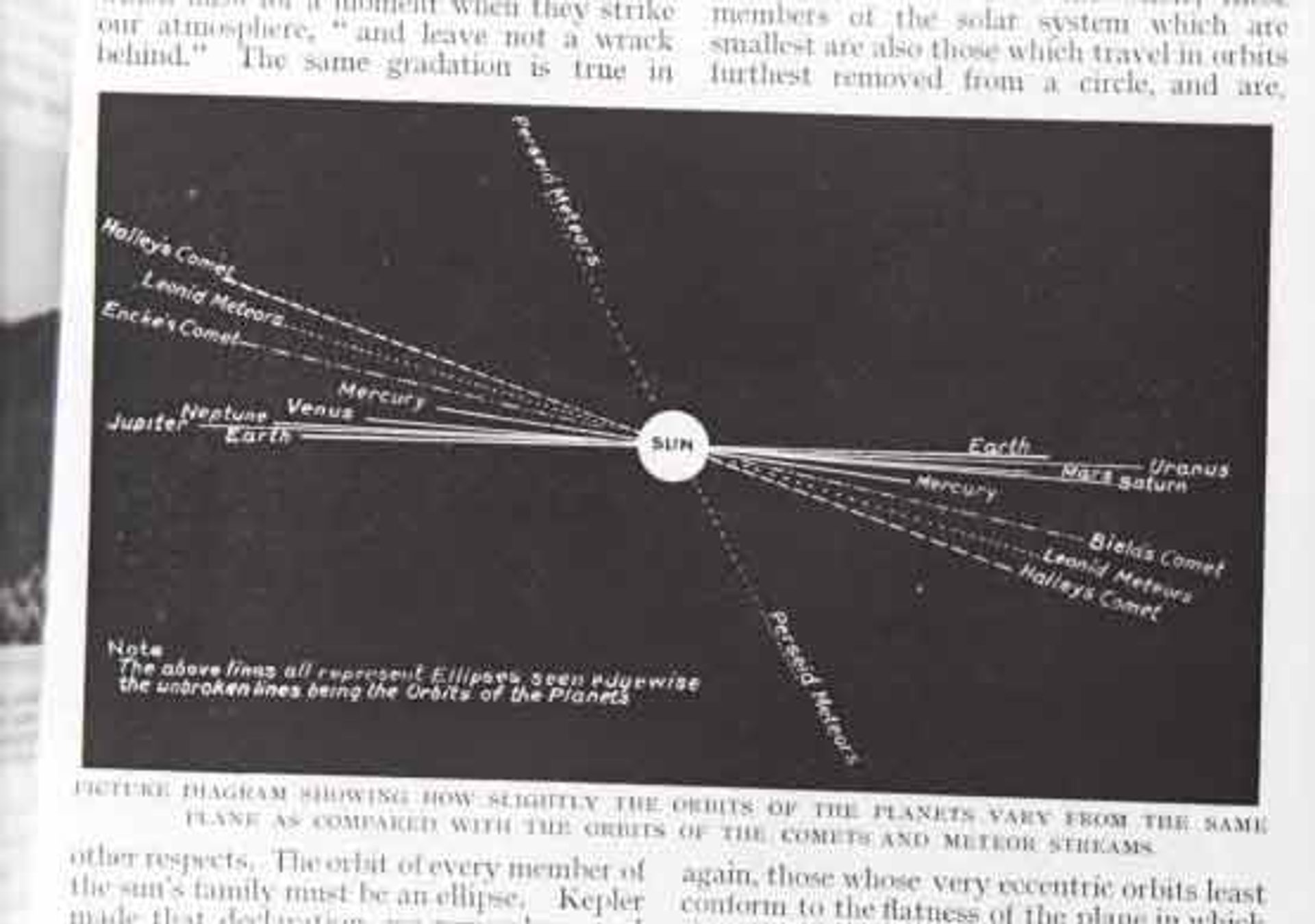
Planetary Parade January – February
During this holiday season watch a Parade of Planets crossing the sky. Venus, Saturn, Jupiter and Mars are arrayed across the northern sky, and readily seen by eye, this January and February. You can find all these planets on our January Star Map. Here's what to look for:
An hour after sunset look due west. The bright white "star" over there is Venus — currently we would call it the "evening star".
Saturn begins the year above-right of Venus and moves down and left as the days pass. It's faint compared to Venus this year (the rings are almost edge-on this year and therefore reflecting very little light our way). So the best way to identify Saturn is at it's closest to Venus — on January 18–19 look about four Moon-widths above and left of Venus. Saturn is slightly yellowish, but brighter than any star nearby.
Turn to face North and there is Jupiter, very bright and yellow in the constellation Taurus. Don't mistake Jupiter for the fainter, orange star Aldebaran above.
Further to the right, in the North-East, is Mars, bright also as it's closest to Earth in January. Mars appears an orange-red colour. Of course, as the night passes you will see the planets parade across the sky, in step and heading for the western horizon.
Earth Perihelion 5 January
The Earth and planets orbit the Sun in nearly circular orbits, but not quite. Their orbits are elliptical and some more than others. The Earth’s orbit is just 1.7% off a perfect circle while Mercury has the greatest eccentricity of 2.1%. The point at which a planet is at its closest part of its orbit to the Sun is known as perihelion. The most distant is aphelion. For the Earth, perihelion in 2025 is on Sunday 5 January at 12:28 am AEDT at a distance of 147,103,686 km.
Opposition of Mars 16 January
The red planet Mars is directly opposite the Sun reaching its highest point in the sky around midnight local time. This usually means it is at its closest and brightest for the last 26 months (the time it takes Mars and the Earth to come close). This year’s opposition will not be as close as others though Mars’ disc will be easily seen through a small telescope. The next favourable opposition of Mars is in June 2033 while the best in the next thousand years will be in September 2729 when it will be 55,651,099 km away.
Venus near Saturn 18–19 January
The brightest planet, Venus, is close to the ringed planet Saturn in the constellation of Aquarius in the western twilight sky. They will be 2.5 degrees apart or five times the width of the Full Moon. This is known as a conjunction and there are 14 in 2025, with the closest between Mercury and Neptune on 17 April separated by 41minutes of arc (1.3 Moon widths) apart at 4:32 am AEST.
Shop
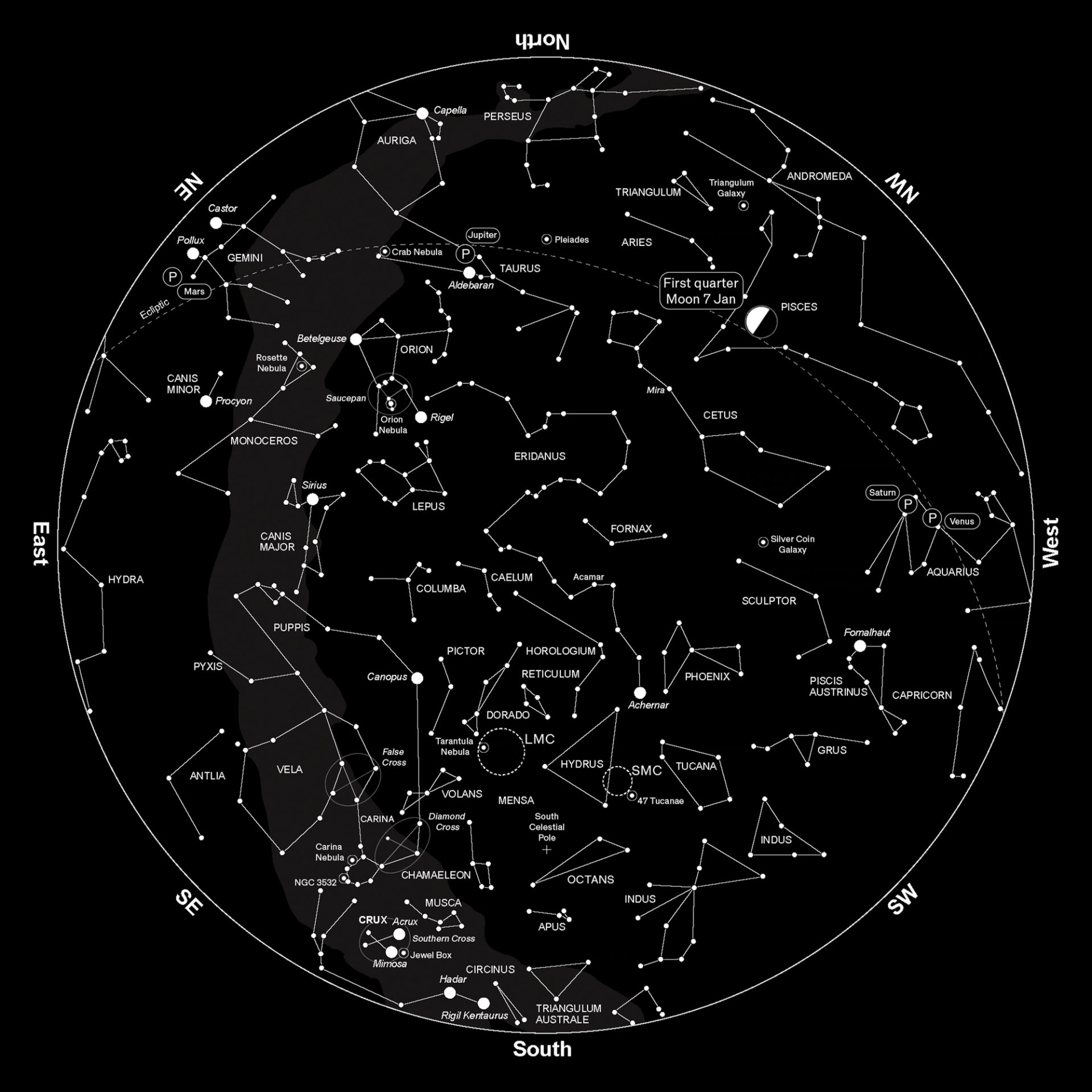

Sydney Observatory
Open for pre-booked tours, located on Gadigal land, a national place of connection and scientific research. The site is undergoing heritage conservation works.














